{{{description}}}

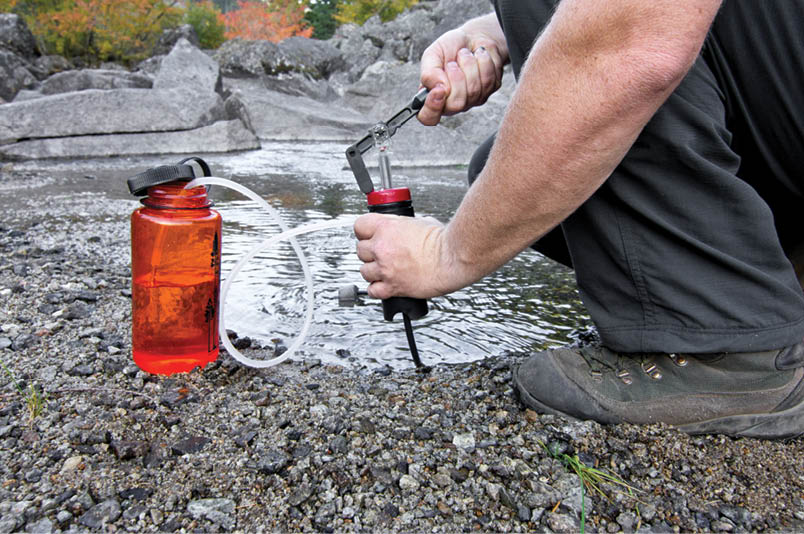


SODIS - The worlds simplest solar water disinfection system?
Solar Disinfection (SODIS), is a method of disinfecting water using only sunlight and plastic PET bottles. SODIS is a free and effective method for decentralized water treatment, usually applied at the household level and is rec-ommended by the World Health Organization as a viable method for household water treatment and safe storage.
How long is your trip going to be?
If it’s only a day walk, most people will probably just carry the day’s supply with them from their home drinking source (unless it’s really hot and they’ll need more water than is easily carried).If it’s overnight or several days, then you’ll need to source water on the track.
Is there water available on the track that is drink-able?
If there are treated water points along the way, taps etc in urban fringe bushwalking tracks, oryou go via a town or village, then this isn’t going to be an issue. Just fill up!
Are there water sources available that will need to have water treated?
This is usually the case for most bushwalking desti-nations. Many websites say that drinking water needs
to be carried into popular campsites, even when water is often available. Chat with walkers who have been recently about current water levels. When trip planning you’ll need to work out where you may get water from, is it going to be available at that time of the year, what is the likelihood of it being contaminated etc. Guide-books, track notes and local information from online forums may help you to determine this. Water sources that run off from urban built up areas or farming coun-try are unlikely to be safe to drink untreated. Camp-sites may have pit toilets that drain into water points, people may not have followed the recommendations to defecate more than 100 metres away from a creek, there may be dead animals in the water source. Some people elect not to treat water at all, eg unspoiled remote walking areas, especially alpine locations.
How much will you need to carry?
This is a tricky question, and has many determining factors. Most people would probably carry about three
WATER PURIFICATION

BWA December 2013 | 59
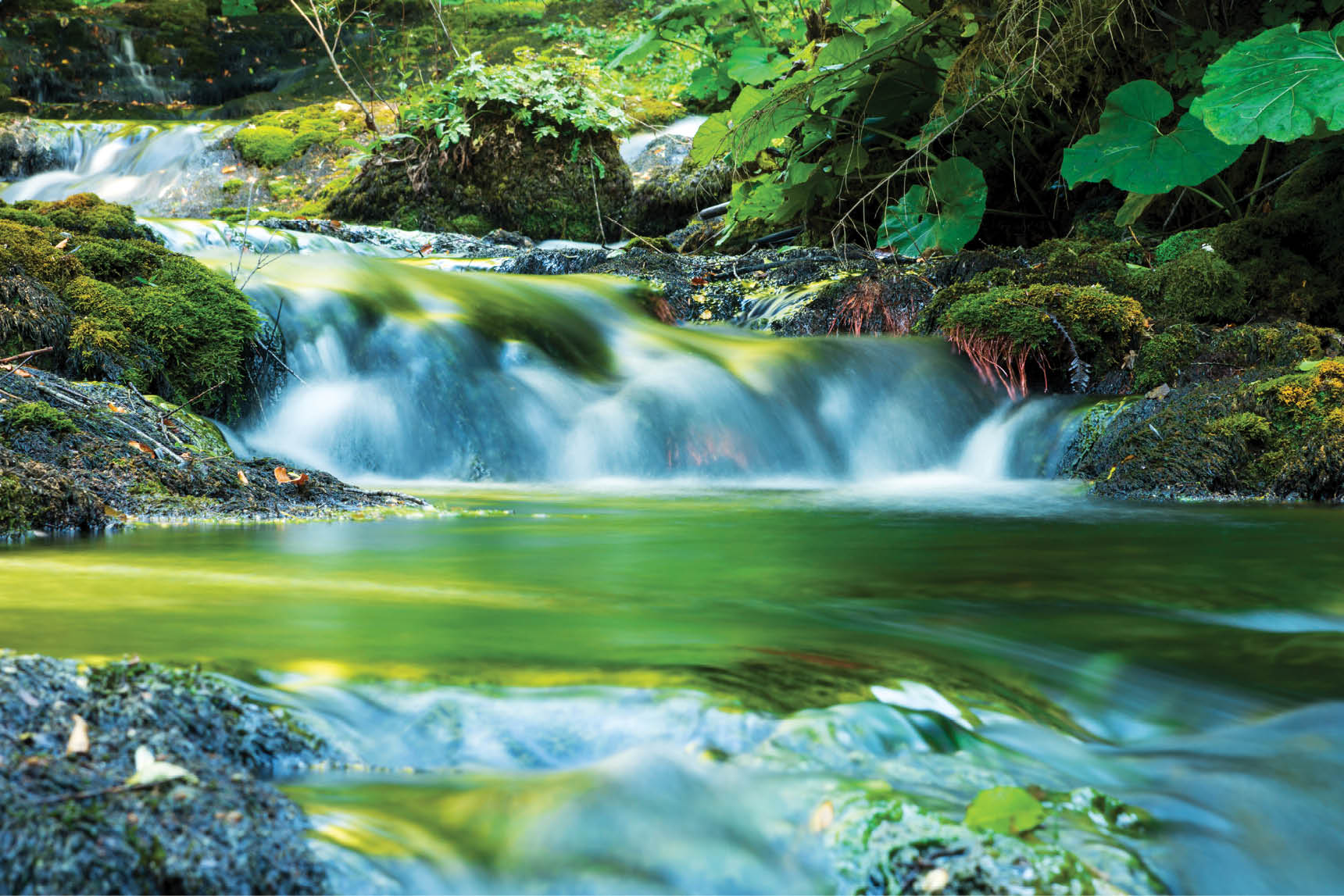

powder afterwards. It’s cheap and easy and kills both E coli and giardia.
Boiling - you need to have a rolling boil for one minute, and three minutes if above 2000 metre altitude. The longer time is needed because the boiling point is diminished below 100 degrees Celsius the higher the altitude.
Chemical Inactivation
NB dirty water will need to be filtered first by some method, as organic substances present in water will inactivate many chemical treatments.
Household bleachUsually 6% sodium hypochloriteUse the plain stuff, not lemon scented or whatever!2 drops per litre water (the yanks use 1/4 table spoon per gallon)4 drops if cloudyAllow to stand 30 minutes before drinkingNB 20 drops = 1 ml, therefore 1 drop = 0.05 ml (Ask your friendly local veterinarian for a 1 ml syringe)
Tincture of Iodine
Often carried in a first aid kit as a disinfectant for wounds2% formulation5 drops per litre10 drops per litre if cloudyAllow to stand for 30 minutes before drinking
Also available are Coghlan’s iodine tablets.
Kills giardia more readily than crypto. Will kill E coli. Disadvantage - horrible smell!
Chlorine dioxide tablets
Eg, Katadyn Micropur tabletsare effective against viruses, bacteria (30 minutes), but less effective against crypto and giardia (2 hours).Good as they are small and light, may leave a smell and taste though. Main disadvan-tage is the time delay between treating and drinking.
Aquamira drops
Made by McNett. More widely available overseas, but some shops in Australia now stock them.These have become popular recently due to them being small and easily pack-able. Negligible smell and taste. You can also decant a
small amount out to take with you as needed.They are a stabilised form of chlorine dioxide in bottle A and an activator in bottle B. You mix seven drops of part A with seven drops of part B. Wait five minutes for the colour change to green/yellow, then add this to litre of water and wait 15-30 minutes. The mix remains stable for about a day before you need to make up a new lot.
UV radiation
Steripen products
The name sounds a bit scary, but it’s a safe way to purify wa-ter! They are small handheld units that operate electronically to produce ultraviolet light that will sterilize a litre of water in one minute. The probe is placed into the neck of a bottle and a light is observed to indicate when the process has been completed. You need a wide mouthed bottle to do this as they don’t fit in a small opening.They are effective at killing viruses, bacteria and protozoa. A prefilter is recommended for murky water.
They are light and compact, but some people have noted they don’t always work in humid environ-ments, and they do require batteries or a method of charging. CR123 batteries are not always widely available, but some can operate off rechargeable lithium batteries, or a USB port via a solar charger.Here’s an overview of the various models available: http://www.steripen.com/products/


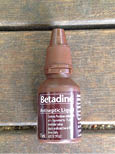
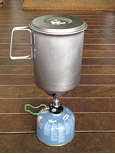


.jpg)

BWA December 2013 | 61
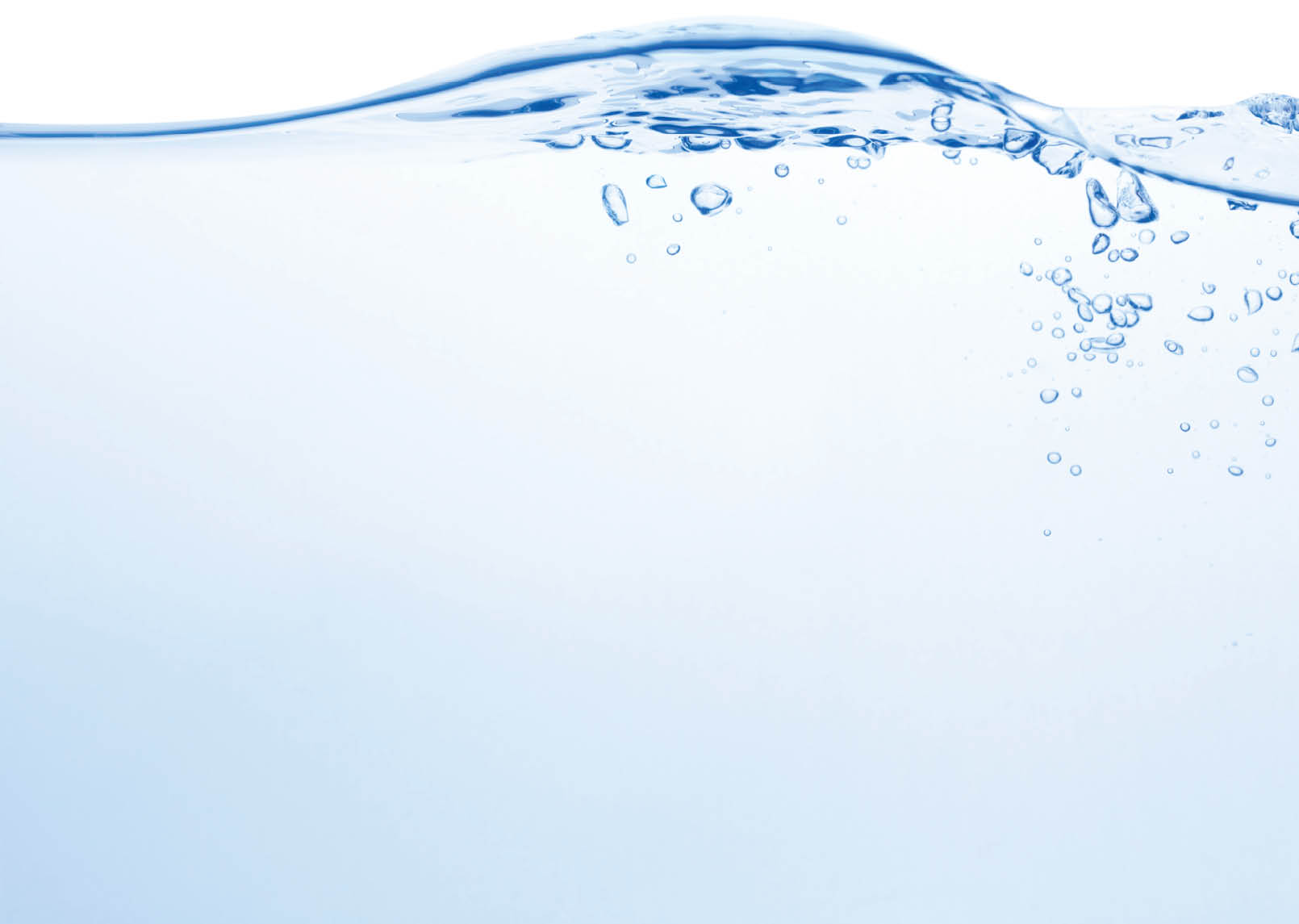
Filtration
These have pores down to 0.3 micrometres in size, to filter out bacteria and protozoa. They do not filter out viruses, which are much smaller than this. They
can block up, so there needs to be maintenace involving cleaning and backfiltering to maintain their effectiveness. A prefilter to get rid of the obvious large stuff is advised to prolong your device’s life. It’s good to be able to collect water in a collapsible bucket (like those Sea to Summit make from sil nylon) or one of the collapsible larger Platypus water tanks and let it settle out first, and just filter the top portion. Some of these may be bulky in size in comparison to other water purification methods.
Katadyn make various brands of filters for bush-walkers: http://www.katadyn.com/en/katadyn-products/prod-ucts/katadynshopconnect/katadyn-wasserfilter/
Sawyer Filtration System
The Sawyer Squeeze Filter System has become popular recently as they are compact and can be integrated into your in pack’s in-line hydration system with some available modifications as well as being used alone.A mini version has recently come on the market which will be popular.They utilise a filter unit that is attached onto a collapsible bag filled with collected water. The bag is squeezed (hence the name) and the water passes through the filter into another
attached collection bag, or bottle or cup. It’s able to be drunk immediately. Some other types of bags
such as the Evernew brand are compatible, Platypus are not.http://www.sawyer.com/water.html
Seychelle Water Filtration Products
These are a UK company that produces many types of filters for military uses, international aid etc.Products suitable for bush-walkers include the filter bottles, inline filters, filter straws and the larger gravity filter bags.http://store.seychelle.com/
Lifestraw FiltersThese are particularly good as they are very small and compact and water can be drunk directly from the source. used often by aid agencies but lots of applica-tions in the bush.http://www.lifestraw.com.au/page/lifestraw-personal/default.asp
Overview
Some considerations to avoid getting sick from contaminated water:
- Always assume water is contaminated if there are towns, industry, farms or mines upstream
- Clear water doesn’t necessarily mean safe water - mi-croscopic hidden nasties can lurk in very clean looking water
- Avoid water downstream from popular campsites
- Defecate more than 100 metres away from water sources
- Practice good hand washing hygiene after going to the loo and before eating - clean your hands first, then disinfect
- Collect water, prefilter and stand first for best results
- Follow manufacturer’s directions with mixing and time before it’s able to be drunk
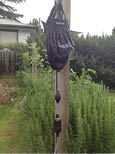





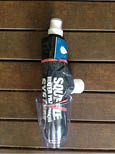


62 | BWA December 2013